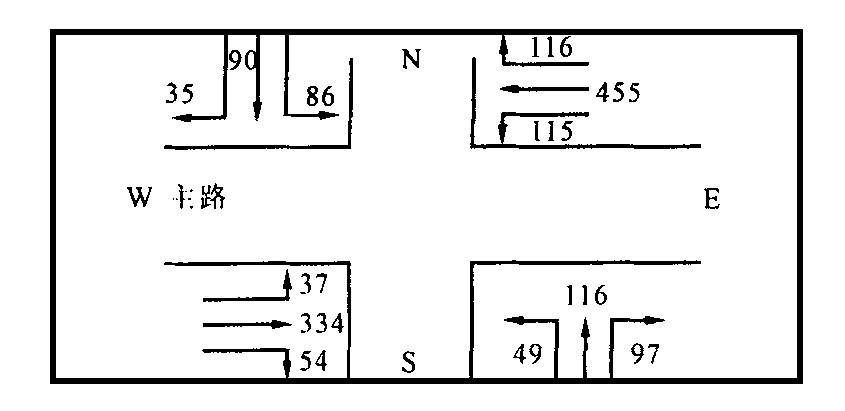The Methods of Computing the Capacity of Signalized Intersection
-
摘要: 目前计算城市交通网络信号控制交叉口通行能力的方法很多, 适用范围各有不同。混合交通流是中国城市交通的特点。计算混合交通条件下城市信号控制交叉口的通行能力一直是众多交通领域专家学者研究的课题。以一个典型十字型信号交叉口为例, 分别用目前中国常用的三种计算通行能力方法(冲突点法、停车线法、美国法) 计算该交叉口的通行能力, 并将结果与实测通行能力进行比较。比较结果显示冲突点法算得的结果与实测结果最接近, 而停车线法和美国法算得的结果都偏大。因此, 冲突点法是一种较适用于中国交通条件及混合交通流特性的通行能力计算方法Abstract: There are many methods of computing the capacity of signalized intersection in the road networks, which are fit for different conditions. Traffic in China is characterized of mixed traffic flow. Computing the capacity of urban signalized intersections is the task of many transportation planning researchers. Taking a typical four leg intersection for example, three common methods (crashing point method, stop line method and America method) are used to compute the capacity of it respectively. The results of the above methods are compared with the capacity measured on the spot. It shows that the result of crashing point method is closest to the real capacity, however the results of the other two methods are larger than the real capacity. So we can conclude that crashing point method is more suitable for the traffic conditions and the characteristics of mixed traffic flow in China.
-
表 1 建议的自行车车道通行能力(veh/h·m)
分离情况 路段 不受平交路口影响路段 受平交路口影响路段 交叉口进口路段 物体分离 2100 1000~1200 1000~2000 标线分离 1800 800~1000 800~1000 表 2 各种车辆与小客车的换算值
小型车(三轮汽车、小汽车、吉普车、小面包车、摩托车或 < 2 t的货车) 中型车(2~5 t货车、中型客车、中型面包车) 大型车(75 t货车、大型旅游车、大型公共汽车) 铰接车(铰接式公共汽车、无轨电车、拖挂车、机动自行车、二轮摩托车) 自行车 1.0 1.5 2.0 3.0 0.1 表 3 各向进口车道宽
项目 方向 东向 西向 南向 北向 车道宽/m 3.20/3.45/4.60 3.45/3.05/4.60 3.45/4.60 3.45/3.85 表 4 各方法计算得到的通行能力与实测通行能力比较(辆小汽车/h)
实测结果 计算结果 冲突点法 停车线法 美国法 5516 5568 5910 6389 -
[1] 徐吉谦. 交通工程总论[M]. 北京: 人民交通出版社, 1997, 74-85. [2] 郑祖武, 李康, 等. 现代城市交通[M]. 北京: 人民交通出版社, 1998, 209-211. [3] 美国交通工程师协会. 交通能力手册[Z]. 1994, 417-436. -





 下载:
下载:

